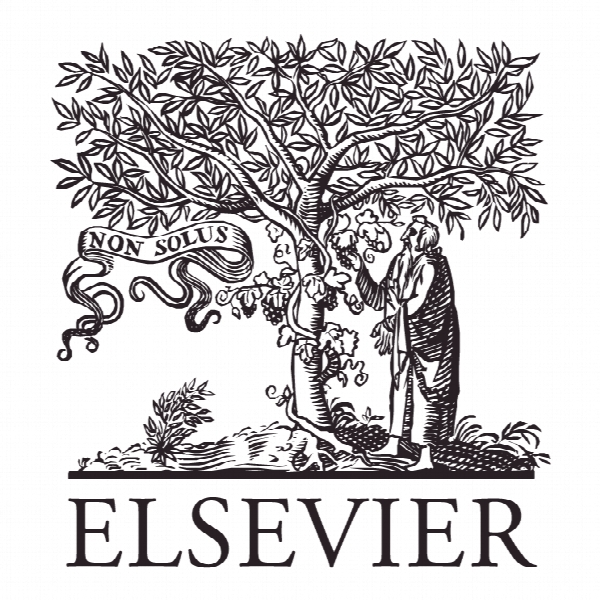فکر محاسباتی در کلاس های آموزش تلفیقی پیش دانشگاهی Computational Thinking in pre-university Blended Learning classrooms
- نوع فایل : کتاب
- زبان : انگلیسی
- ناشر : Elsevier
- چاپ و سال / کشور: 2018
توضیحات
رشته های مرتبط علوم تربیتی
گرایش های مرتبط مدیریت آموزشی، تکنولوژی آموزشی
مجله نقش کامپیوترها در رفتار انسان – Computers in Human Behavior
دانشگاه Escuela Superior de Ingeniería – The Basque Country University (EHU) – Spain
منتشر شده در نشریه الزویر
کلمات کلیدی تفکر محاسباتی؛ علوم شناختی؛ فناوری های یادگیری؛ خراش؛ آلیس؛ فناوری آموزشی
گرایش های مرتبط مدیریت آموزشی، تکنولوژی آموزشی
مجله نقش کامپیوترها در رفتار انسان – Computers in Human Behavior
دانشگاه Escuela Superior de Ingeniería – The Basque Country University (EHU) – Spain
منتشر شده در نشریه الزویر
کلمات کلیدی تفکر محاسباتی؛ علوم شناختی؛ فناوری های یادگیری؛ خراش؛ آلیس؛ فناوری آموزشی
Description
1. Introduction After a period of transition in which the fundamental ideas promoted by CT were studied and analyzed by the constituencies of public and private education, it appears that a consensus is being reached which can shape future decisions and policies in K-12 education (Hubwieser, Armoni, Giannakos and Mittermeir, 2014). One important consequence of this confluence of ideas is the definition of K-12 curricula with the integration of the core ideas of CT, out of which the particular classroom paradigms will be developed. In addition, it is universally agreed that programming, in its various forms, is a necessary mechanism for the implementation of CT core concepts and best practices. Programming provides the three mechanisms required by a language in the creation of complex systems: a set of primitives; some means of combination; and abstraction. Unlike natural languages, which by design are semi-structured and provide limited ability of multilevel abstraction, programming languages have been designed to realize the core ideas of CT. A mind equipped with the mechanisms of object oriented programming languages is prepared to house the principles of CT and is prepared to develop CT ideas. The need for the formal study of computational concepts in primary and secondary schools has been recognized by many institutions and administrations. For example, England formally incorporated in 2014 the study of CT and computer programming in the curriculum of primary and secondary education (Department for Education England, 2013). The organization Code.org (Code.org, 2012; Kalelioğlu, 2014) promotes the idea that all students should have the opportunity to learn programming. This initiative has the support of public figures from Microsoft, Facebook and the world of technology in general. Other initiatives, such as the European Project TACCLE 3 – Coding, provide resources to students and teachers in primary and secondary education in the area of computing (García-Peñalvo, 2016; García-Peñalvo, Reimann, Tuul, Rees, & Jormanainen, 2016).


